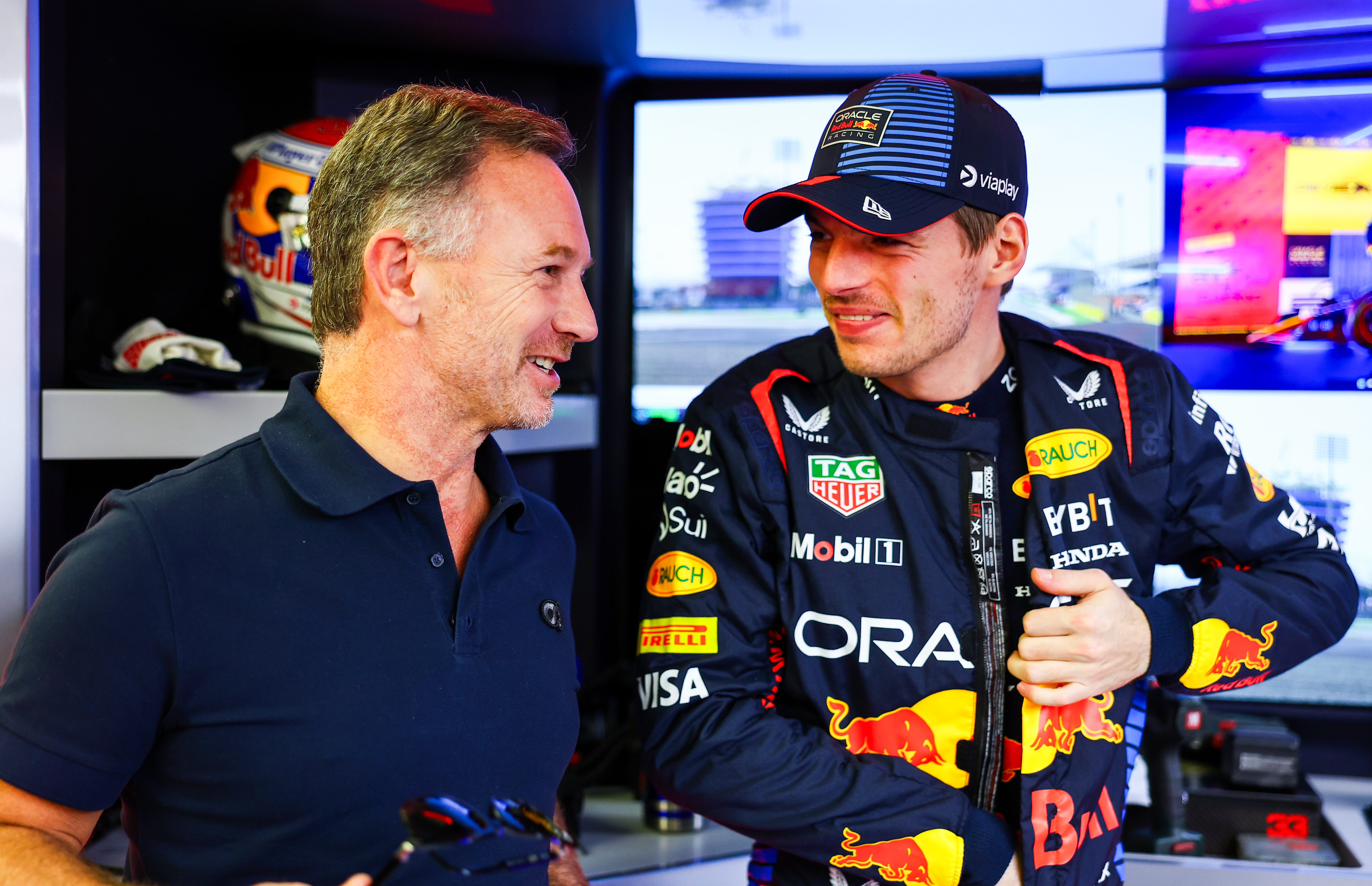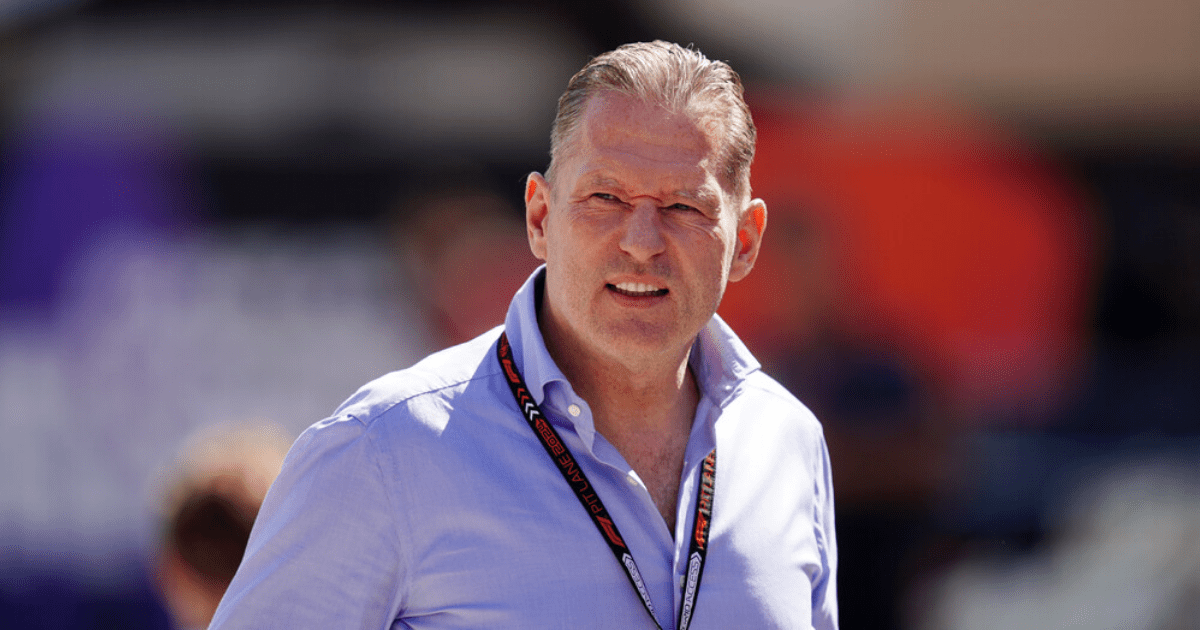Verstappen Sr.'s Controversial History
Jos Verstappen, the father of F1 star Max Verstappen, has a controversial past including assault charges and legal troubles. From avoiding jail time after a karting track incident to being accused of driving a car into his ex-girlfriend, his personal life has been far from smooth.
Max's Career Path and Family Tensions
Despite Jos Verstappen's involvement in managing his son's career, tensions have arisen between him and Red Bull's team boss, Christian Horner. As a three-time world champion, Max faces a crucial decision to either stick with the team or go his own way, amidst a toxic battle involving his father.
Max's Dilemma and Future in F1
Max Verstappen, now a top F1 driver, must navigate the challenging situation involving his father and team boss. With growing pressures and conflicting loyalties, Max is at a crossroads where he must make a decision that could shape the course of his career.
F1 News Roundup
Amidst the F1 drama, FIA president's controversial Instagram post, the launch of F1 Academy for young women racers, and Alpine's struggles in Bahrain have also made headlines in the F1 world.

Social Media and F1
Leaked messages, social media sponsorships, and warnings from FIA chiefs about sharing accreditation photos online shed light on the intersection of social media and the F1 world, with implications for teams and drivers alike.
Frequently Asked Questions
How do F1 teams simulate the performance of their cars before races?
F1 teams use various simulation tools to determine car performance in advance of the race. These include Computational Fluid Dynamics (CFD) for aerodynamic analysis, chassis and suspension modeling, and full-scale wind tunnel testing. Additionally, teams employ driver-in-the-loop simulators, which allow drivers to experience virtual circuits and provide feedback on car handling. These simulations are used to help teams prepare for races by optimizing setups and strategy.
What is the purpose behind the Halo Device introduced in Formula 1?
The halo safety device was introduced into Formula 1 as a way to protect a driver’s face from impacts and debris. It is a titanium frame that sits above your cockpit. It has the ability to withstand large forces. Since its introduction, it has saved lives and prevented serious injuries. The halo now forms an integral component of Formula 1 cars, and demonstrates the sport’s commitment to safety.
What advancements have been made in tire technology for Formula 1?
Formula 1 tire technology is advancing rapidly, with improvements in construction, compounds and performance. Manufacturers develop various tire compounds to suit different track conditions, temperatures, and strategies. The construction of tires has improved to enhance strength, durability, and lateral grip. Moreover, the development of tread patterns and surfaces is aimed at optimizing performance for the entire race distance. This includes balancing grip with wear and degradation.
What materials do Formula 1 cars’ chassis typically consist of?
Carbon fiber composites constitute the majority of the chassis for Formula 1 cars. This material is chosen for its high strength to weight ratio. It provides exceptional rigidity, while maintaining a low overall weight. Aluminum and titanium are also used for certain components. Honeycomb structures and advanced polymers can be incorporated to increase structural efficiency and improve crash absorption.
What innovations in Formula 1 engines have improved fuel economy?
Fuel efficiency has been improved in Formula 1 engines through several key innovations. Turbocharging allows for smaller displacement engines to produce greater power with less fuel. Direct fuel injection provides precise fuel delivery for better combustion efficiency. The incorporation of the Energy Recovery System (ERS) captures wasted energy and reuses it, reducing the overall fuel demand. These and other advances contribute to the efficiency of modern F1 engines.
How are F1 cockpits designed to enhance driver safety and comfort?
F1 cockpits are meticulously designed focusing on driver safety and comfort. The safety is improved by the use of carbon-fiber composite survival cells, padding and the halo, as previously mentioned. Seats are custom molded according to the body shape of each driver. They ensure a secure and comfortable fitting. The cockpit is designed with a minimum amount of space to facilitate driver extraction.
Statistics
- The drag reduction system (DRS) can increase a Formula 1 car’s straight-line speed by approximately 12-15 km/h when activated.
- In 2021, Formula 1 announced its plan to have a net-zero carbon footprint by 2030, which includes the cars, on-track activities, and the rest of the operations.
- A typical Formula 1 car’s brake discs can reach temperatures of over 1,000 degrees Celsius during heavy braking.
- Formula 1 engines can rev up to 15,000 RPM, a decrease from the 18,000 RPM limit set prior to the 2014 regulation changes.
- Wind tunnel testing for Formula 1 cars is limited by regulations, with teams only allowed a maximum of 40 hours of running per eight-day aerodynamic testing period.
- Formula 1’s research into sustainable fuel aims to create a 100% sustainable fuel for use in F1 engines by the mid-2020s.
- Formula 1 cars can achieve lateral acceleration in excess of 5 g during cornering, which is about five times the force of gravity.
- Computational fluid dynamics simulations are capable of calculating around 300 million mesh points to simulate airflow around a Formula 1 car.
External Links
engadget.com
motorsport.com
autocar.co.uk
formula1.com
autosport.com
sauber-group.com
mercedesamgf1.com
renaultsport.com
How To
How to Identify Pit Stop Technology Advancements
To determine the most recent advances in pit stop technique and technology, compare and contrast pit stops at live races. This will allow you to observe how team strategies and innovation are applied. Learn about pit stop equipment, such as wheel gun and jacks. Discover the intricate training routines of the pit crew and the new innovations such as automated jacks, wheel nuts and wheel nut designs to further reduce the time spent at the pit stop.

